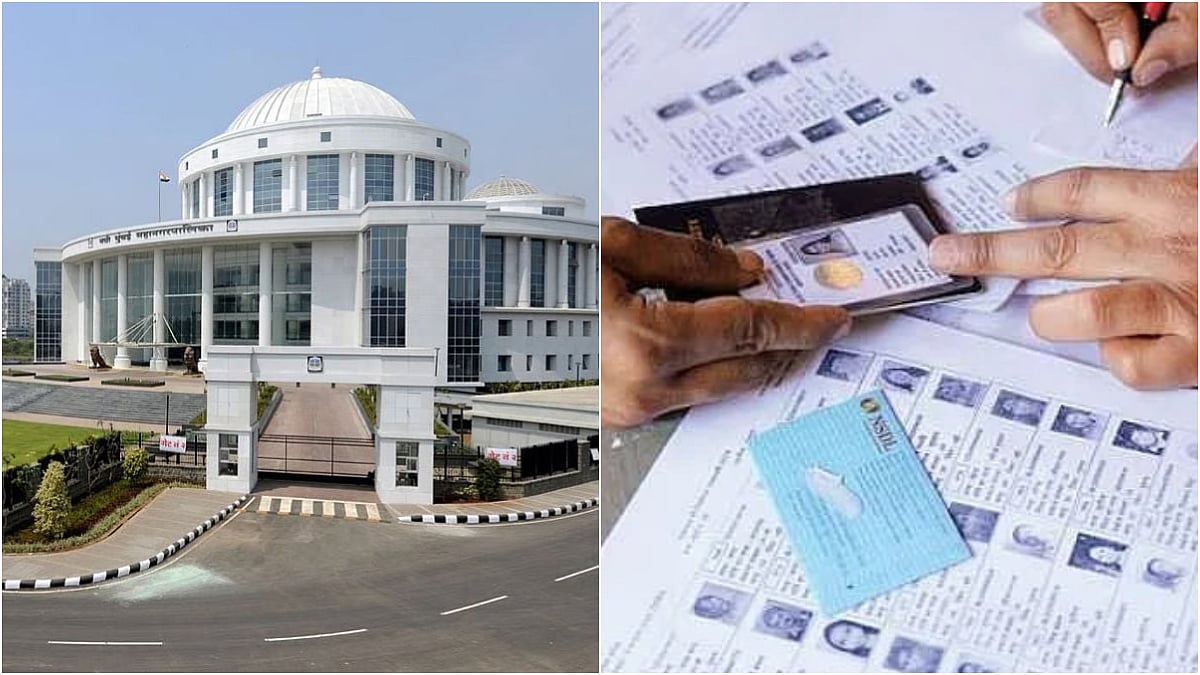Tourism destinations around India, from Manali to Munnar, are sinking under the weight of tourists — their garbage, their buses, cars, their steel and glass hotels — and the dust and debris of under-construction roads, highways, railways, waterways, ropeways and airports, that will bring in more tourists in the near future.
The subsidence or sinking of Joshimath, the gateway to Badrinath, Hemkund Sahib and the Valley of Flowers, is a perfect example of how the massive increase in tourism and the unplanned infrastructure to support its growth is the final straw for a destination that is already vulnerable due to its location, its unique geography and geology, and the effects of ill-advised infrastructure development projects like hydropower dams and the catastrophic Chardham highway project.
Those who have visited a hill station in India, anywhere in India, in the Himalayas and the Western Ghats, will tell you stories about how there are hundreds of Joshimaths waiting to happen, from Kalimpong to Kodaikanal, from Mcleodganj to Mahabaleshwar.
However, there is a bigger threat than burgeoning tourism that looms over these iconic, cultural, historical and natural heritage locations. Tourism destinations are also sinking under the steady onslaught of climate change-induced extreme weather events — heavy rains, floods, forest fires, storms, heat waves and water scarcity — threatening their very existence.
No tourism destination, no matter how well it is protected from tourists, is going to be spared from the fury of climate change. India’s Elephanta Caves are already on the list of 130 cultural World Heritage sites identified in a recent academic study as being at long-term risk from sea-level rise. A recent study in Tamil Nadu on coastal erosion does not augur well for the remaining shore temples of Mahabalipuram. You may also recall the images of stranded tourists and pilgrims after the Kedarnath floods of 2013 or the Kerala floods of 2014 — the list is recent and long.
Climate change and tourism are inextricably linked. Tourism is one of the world’s largest and fastest-growing economic sectors, responsible for 9% of the gross domestic product globally and providing 1 in 11 jobs. Before the pandemic, tourism in the subcontinent generated more than $230 billion in 2017, up from almost $209 billion in 2016. The figures for 2022 are still awaited. It is the mainstay of the economy of states like Kerala, Himachal Pradesh and Goa, and more and more states are planning to tap into the increased mobility and enthusiasm of the middle class to travel. Almost 90% of travellers in India are Indians.
The trouble is that the tourism sector is heavily reliant on energy-intensive modes of transport including aeroplanes and automobiles. In India, steered by government subsidies and tax incentives, five regional budget airlines debuted 100 far-flung routes last year, helping fuel citizens’ desire to explore. Currently contributing approximately 5% of the global total, carbon emissions from tourism are predicted to more than double within 25 years. CO2 emissions from tourism rose by 60% between 2005 and 2016. If tourism was a country, it would be considered the 5th largest on a country’s list of emissions.
The tourism sector has no choice but to recognise that it is equally vulnerable to climate change as the destination it intends to exploit. The common threats include more extreme weather events, increasing insurance costs and safety concerns, water shortages, and loss and damage to assets and attractions which will reduce the attractiveness of destinations and decrease economic opportunities for local communities.
We cannot prohibit tourism or curb people’s desire to discover new places, experience new cultures or simply take selfies around the world. It will deprive local communities of their share of livelihood and income, and the costs of protecting and maintaining the monuments for future generations.
However, to survive, the tourism sector will have to quickly optimise strategies to scale up mitigation and adaptation. The tourism industry will have to transform itself by reducing the carbon emissions of services it provides, by recognising the carrying capacity of its destinations and most importantly raising awareness amongst the tourists on the way they conduct themselves at the destinations.
In 2021, over 500 industry representatives signed the Glasgow Declaration on Climate Action in Tourism, and are committing to accelerate climate action to cut global tourism emissions by at least a half over the next decade and reach Net Zero emissions as soon as possible before 2050. The truth is that unless all local stakeholders — tour operators, service providers, hoteliers and the peripatetic Indian tourist — take matters into their own hands by demonstrating responsible tourism, there is little hope for our outstanding natural, historical and cultural destinations.
Shailendra Yashwant is an independent environmental photojournalist and climate communications consultant









